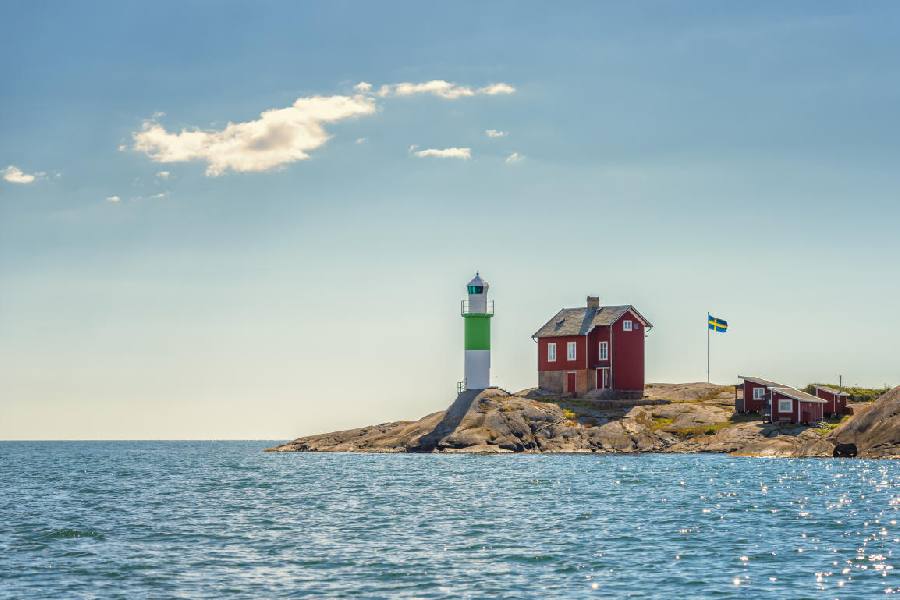Book: THE LIGHTHOUSE FAMILY
Author: Firat Sunel
Published by: Penguin
Price: Rs 399
The Nobel laureate and poet, Louise Glück, who died last year, had noted something fundamental and remarkable about childhood and memory: “We look at the world once, in childhood. The rest is memory.” In addition to being an elegy to the devastation of the Second World War, Firat Sunel’s novel seems to be a literary embodiment of Glück’s reflection as its narrator tries to locate himself in a world that continuously displaces him, leaving him with a pivotal memory to turn to in which he feels he belongs.
Translated into English by Feyza Howell, the novel is set in Sarpıncık, “a small village on the hillside overlooking the sea” in Türkiye, where resides the lighthouse family comprising the patriarch, his wife, and their three children—the weak-hearted İlyas, their only daughter, Feriha, and the youngest, our unnamed narrator, even though the blurb mentions him as “Little K”.
Sparsely populated, Sarpıncık at the cusp of WWII resembles a haven compared to modern, tech-augmented settings. But hate manages to reach this far-flung village, making Aegean islanders sense an end to the life they knew. Under foreign occupation, facts no longer remain sacred as news loses significance and propaganda takes over. One must also live on a daily ration and prepare for a war that no one chose to fight.
Meticulously structured, the book begins with a photograph of the family — one which freezes time and serves as a reminder of what has stayed and what has long gone. “Blissfully unaware that a military junta would later change” his life, the narrator is seen saluting in this image. His father looks restrained, his brother looks “the same age” as him, and Feriha, as always, looks “hoydenish” and a “daredevil” — for it’s difficult for the narrator to learn “what was going through her mind, what she was coming to terms with, or dreaming of.” Then there’s the grief-stricken paternal aunt, who carries a medal of the “War of Liberation” that the State has given her in lieu of her son. There’s also an absent figure — the narrator’s mother.
The family unit protected in this photograph no longer remains the same. As the story advances, one witnesses how localised terror finds a universal appeal. What the family goes through collectively in its intimate space offers a language to express a larger tragedy that was unfolding outside its immediate environment.
Sunel’s prose is sharp and penetrative. The pivotal role that the mastic tree and the lighthouse play signals the author’s maturity in using the landscape at his disposal to the fullest. The author and the translator manage to preserve the eerie flavour of the time through their choice of words. Where the duo falter, however, is the pace — it’s unsteady. Meaningless ellipses peppered throughout the text become an eyesore in what is a rather slim, wonderful volume of hope.










